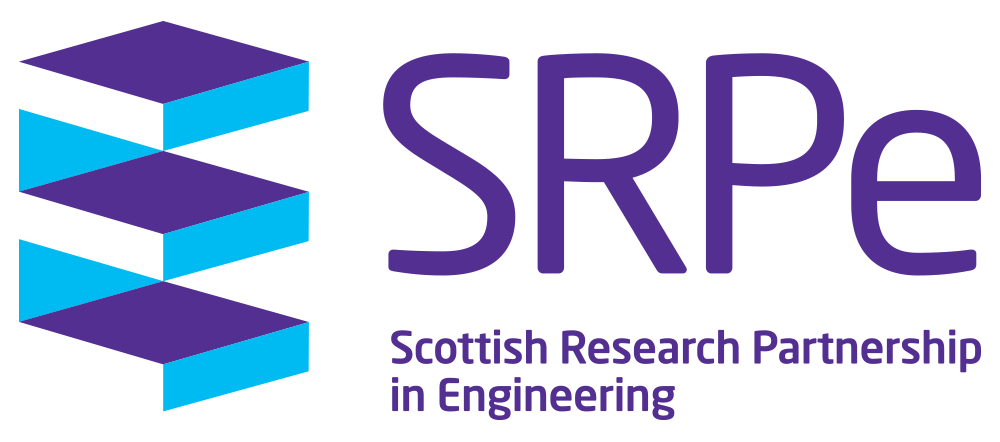Digital Design Strategies for Industrial Crystallisation
Academic Institution: University of Strathclyde
Academic Supervisor: Dr Cameron Brown
PhD Student: Mitchelle Mandaza
Summary
This project between the University of Strathclyde and Takeda Pharmaceutical Company Ltd aims to develop a state-of-the-art multiscale modelling framework from the molecule through to the process vessel and provide a scale-up and technology transfer strategy from the lab to manufacturing. The impact of this would be the realisation of a digital design for pharmaceutical manufacturing allowing the elimination of unexpected problems and increasing process robustness for drug development.
To understand the range of crystallisation behaviours encountered, an in-depth analysis of induction times of crystallisation nucleation in small-scale 8 (mL) vessel was performed. Through the application of various machine learning (ML) tools, data was collected from literature sources, cleaned and then structured into a database. Exploratory data analysis tools were utilised to investigate the relationship between the properties of active pharmaceutical ingredients (APIs), solvents used, process conditions and induction times.
Subsequently, a predictive model that incorporated molecular features was developed. This model was built to extract important parameters in addition to those that are considered to influence nucleation. These parameters included the relationship between the crystallisation driving force (supersaturation) and induction time. The aim was to determine the feasibility of predicting induction times for API-solvent combinations. These combinations encompassed specific APIs and solvents under similar experimental conditions under similar conditions, allowing for a comprehensive evaluation of their behaviour.
To validate the developed model, crystallisation experiments were performed for paracetamol at a 5mL volume and for glycine using a larger 100 mL vessel. The primary objective of these experiments was to investigate and understand the complexities of fluid flow within different vessel sizes. Particularly focus was on examining the behaviour of particle suspension and shear stress as a function of varying rotational speeds, different types of impellers in the crystallisation process to gain insights into their influence on fluid flow dynamics.
Key Results/Outcomes:
A dataset of 34 compounds and 387 data points from the literature was captured.
Predictions of the relationship between supersaturation and induction time were possible with a range of ML models and molecular representations.
Very little or no correlation was seen in the relationship between supersaturation and induction time and any of the other features (i.e. volume, agitation etc) in both training data and test data sets.
No standard measurement or reporting format for the data in the literature, results do not give enough information to reliably establish a real connection between the molecular features and induction times.
CFD simulations map out the levels of shear stress in the fluid over a range of common vessels used in crystallisation process development.
Contact Details
Dr Cameron Brown
Reader in Pharmaceutical Manufacturing, Institute of Pharmacy and Biomedical Sciences, University of Strathclyde
cameron.brown.100@strath.ac.uk
Mitchelle Mnemo Mandaza
PhD Student, University of Strathclyde
mitchelle.mnemo@strath.ac.uk
